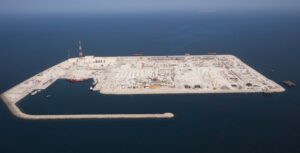TotalEnergies has announced the start of production from the Anchor field, located in the US Gulf of Mexico, in which the company has a 37.14% interest alongside operator Chevron (62.86%).
Located 225 kilometres off the Louisiana coast, the Anchor development was launched in December 2019. It consists of a system of subsea wells connected to a semi-submersible floating production unit (FPU) with a production capacity of 75,000 barrels of oil per day and 28 million cubic feet of gas per day (792,871 m3). At plateau, Anchor will represent close to 30,000 barrels of oil equivalent per day net for TotalEnergies. The Anchor FPU has been designed to minimize greenhouse gas emissions through an all-electric configuration, with electric motors and electronic controls, and the utilisation of waste heat and vapour recovery technologies.
‘The start-up of Anchor is a new milestone in the deployment of TotalEnergies’ integrated energy model in the US, combining the development of oil projects with a high leverage to price and a low emissions intensity and growth in Integrated LNG and Integrated Power. Delivered safely, on time and within budget, this project will contribute to the Company’s free cash flow growth trajectory,’ says Nicolas Terraz, President, Exploration & Production at TotalEnergies.










